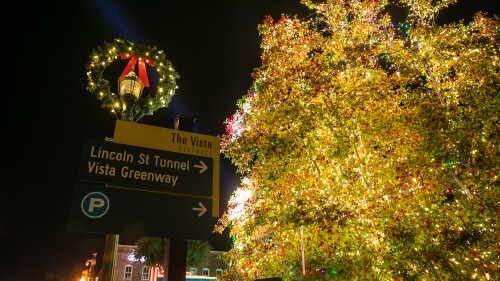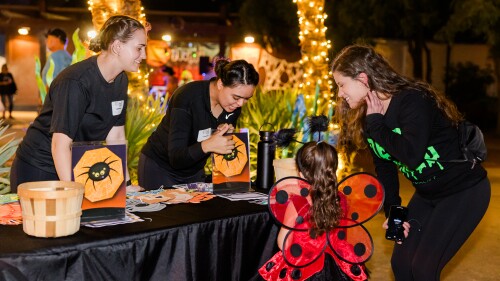It’s officially Black History Month and this year’s theme is “The Black Family: Representation, Identity, and Diversity.” The yearly themes are important, not to limit the topics discussed, but to provide a focus for the conversation. According to the ASLAH, the Black Family doesn’t have a single location and so today we will highlight prominent locations in the Midlands.
The South Carolina African American Heritage Commission (SCAAHC) has a resource called The Green Book of SC, a website that allows you to find 300+ African American historic landmarks, making it the first mobile travel guide for Black cultural sites across the state.
The purpose of the website is to increase awareness of African American tourism destinations + to encourage people to immerse themselves in the rich history of our state.
So, why is it called The Green Book?
Well, the title actually pays homage to the original Green Books. In the 1930s, a New York mail carrier named Victor Green began creating guides called “The Negro Motorist Green Book” to help African Americans travel without fear. These books listed safe hotels, restaurants, gas stations + other travel accommodations that would welcome Black patrons.
Victor Green + two Green Book covers | Photo from Wikimedia Commons
They were even described as “the bible of every Negro highway traveler….you literally didn’t dare leave home without it.”
Green Books were popular for almost 30 years. Publication ceased shortly after the Civil Rights Act was passed in 1964 and racial segregation in hotels, restaurants + other public places was banned.
There are over 50 sites in and around Columbia. Here are a few in the area that caught our attention:
📍 Ruth’s Beauty Parlor, 1221 Pine St.
Ruth’s was one of only six beauty parlors listed in the travel guide’s history during the Jim Crow era. The salon was opened in the 1930s by Mrs. Ruth Collins Perry. She was the daughter of Black entrepreneurs + it remained open, albeit intermittently, until the 1990s. Mrs. Ruth was called Mama P by the residents and was known for encouraging the youth in the area to persevere, study their history, and to set goals for themselves.
📍Modjeska Simkins House, 2025 Marion St.
The Modjeska Monteith Simkins House was built between 1890 + 1895. It was home to Modjeska Monteith Simkins, who is considered to be the matriarch of South Carolina’s Civil and Human Rights movement. She was the secretary + a founder of the SC Conference of the NAACP and was known to host planning sessions and meetings in her home for civil rights leaders. She even hosted Thurgood Marshall during the Brown v. Board of Education trial. Today the house is a museum available for private guided tours. Learn more about the tours here.
📍Carver Theatre, 1519 Harden St.
The theatre was built in 1941 and is the only remaining theatre that was built exclusively for African Americans in Columbia. During the days of Jim Crow segregation, the theatre provided entertainment for the community, including movies, weekly talent shows, and children’s shows on Saturday mornings.
📍Woodrow Wilson Family Home: A Museum of Reconstruction, 1705 Hampton St.
The Woodrow Wilson Family Home is the only museum dedicated to interpreting the post-Civil War Reconstruction period in the United States, as well as South Carolina’s only presidential site that remains today. This museum is dedicated to exploring the racial, social, and political landscape of Columbia and Richland County between 1865 and 1877. You can find tickets for a guided tour here.
Curious what other locations are highlighted in the South Carolina Green Book? There is also Columbia’s HBCUs, the Good Samaritan-Waverly Hospital, and the Pine Grove Rosenwald School just to name a few. You can find over 300 locations using The Green Book website.
The Green Book of South Carolina
It is important to note that some of the reproduced terminology + quotations used in this article are obsolete. This language is sourced from the SC African American Heritage Commission’s “The Green Book of South Carolina” + is representative of the times within which they were originally published.












